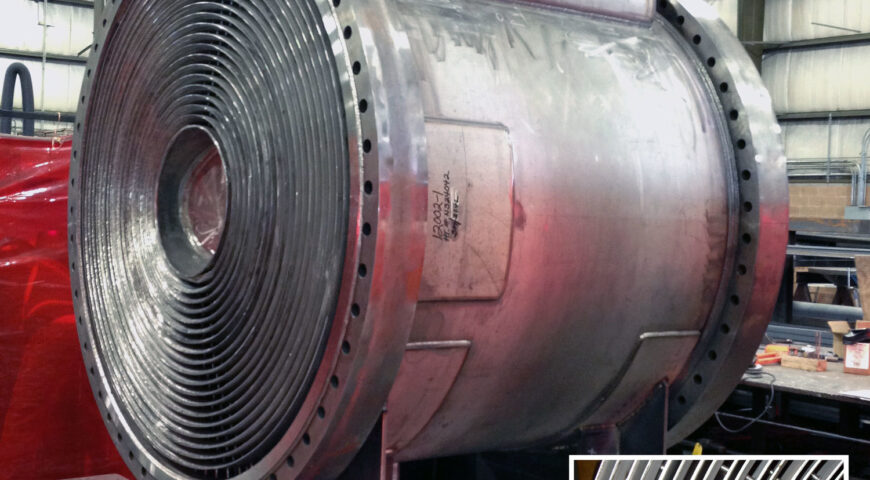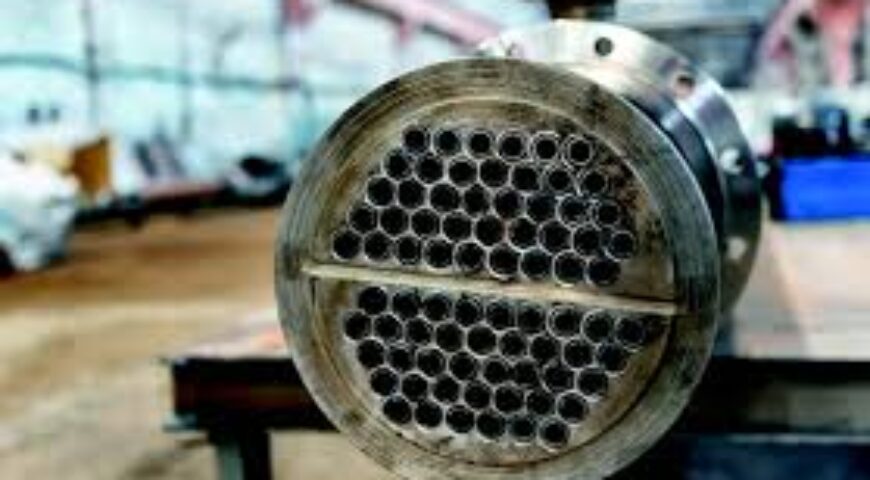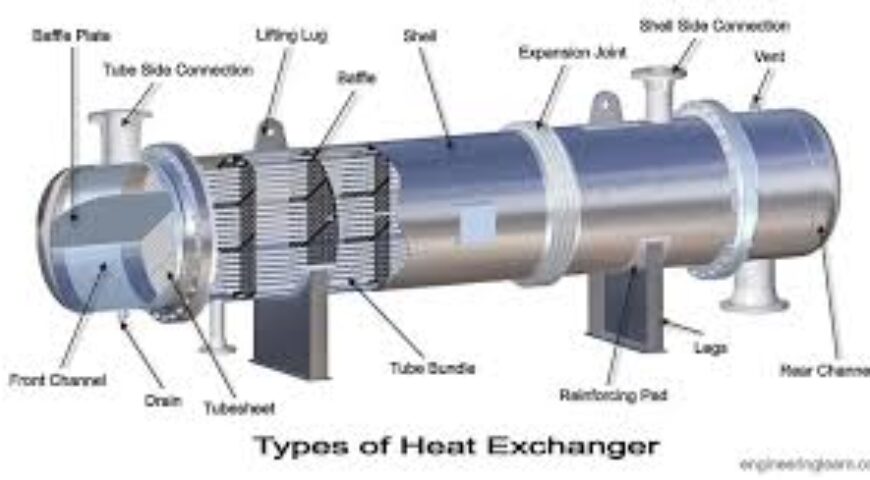Introduction Double-wall plate heat exchanger is a specialized type of heat exchanger designed to prevent fluid cross-contamination. Unlike traditional plate heat exchangers, which use a single plate between fluids, this model incorporates two plates per channel, creating an additional barrier. This design ensures that if a leak occurs, the leaking fluid is directed into an […]
- Home
- About Us
- Heat Exchangers
- Cooling Towers
- Fanless Cooling Tower
- Bottle Shape Cooling Tower
- Square Shape Cooling Towers
- FRP Multi Cell Cooling Towers
- Pultruded FRP Cooling Towers
- Single Crossflow Cooling Towers
- Double Crossflow Cooling Tower
- Dry Cooling Towers
- Wooden Cooling Tower
- Closed Circuit Cooling Tower
- Turbine Cooling Tower
- Forced Draft Cooling Towers
- Closed Circuit Hybrid Cooling Tower
- Contact us
91 6379 00 3383






